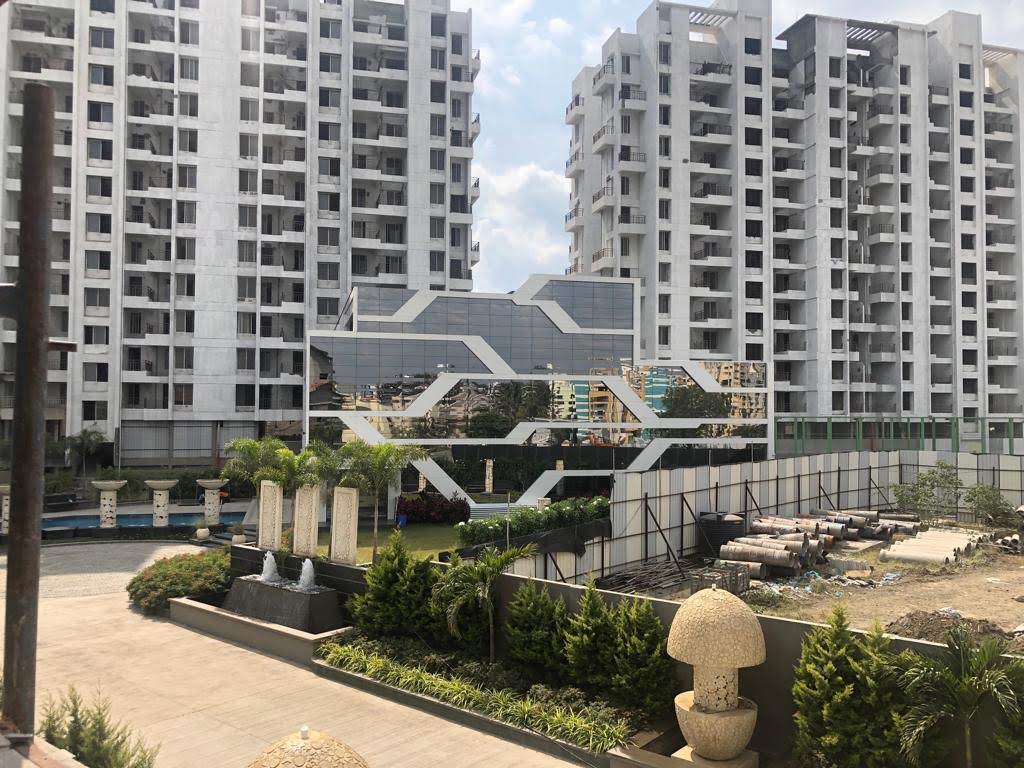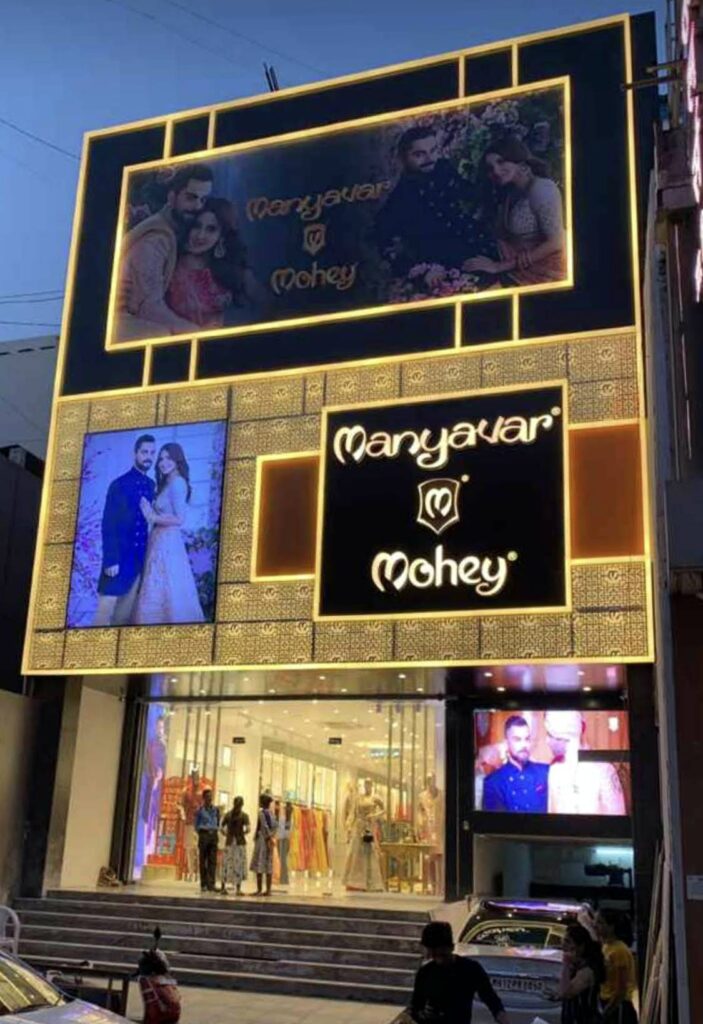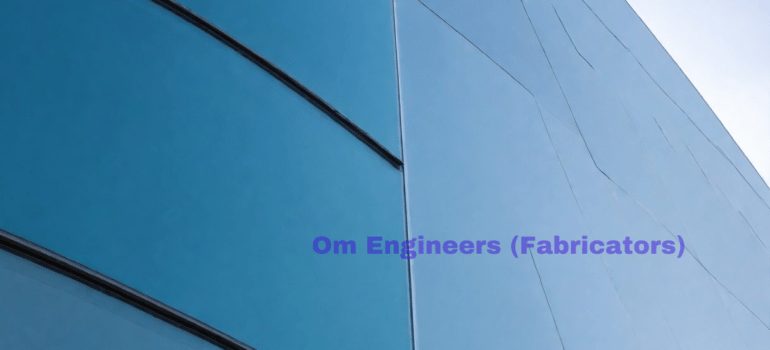Commercial Glass Facades: Transforming Skylines
In the realm of modern architecture, commercial glass facades stand as iconic symbols of innovation, seamlessly blending aesthetics with functionality. This guide delves into the intricacies of these architectural marvels, addressing common questions about the types of glass used, the purpose of facades on commercial buildings, the cost considerations, and the terminology associated with this design element.
1. Understanding the Types of Glass Used for Facades:
Transparency, Durability, and Style
Glass facades come in various types, each chosen for specific attributes. This section explores the characteristics of common glass choices, including:
- Float Glass: Basic, clear glass.
- Tinted Glass: Providing solar control.
- Low-E Glass: Energy-efficient and thermal insulating.
- Reflective Glass: Adding a touch of elegance while reducing glare.
2. Exploring the Role of a Facade on Commercial Buildings:
Beyond Aesthetics – Functionality Matters
A facade is more than a visually appealing exterior; it serves various functions:
- Thermal Insulation: Enhancing energy efficiency.
- Daylighting: Maximizing natural light to reduce artificial lighting needs.
- Branding and Identity: Communicating the ethos of the business.
- Weather Protection: Shielding the building from external elements.
3. Debunking Myths: Is a Glass Facade Expensive?:
Balancing Cost and Value
Dispelling the notion that glass facades are prohibitively expensive, this section discusses cost considerations:
- Installation Costs: Factors influencing the overall expense.
- Long-Term Benefits: Energy savings and reduced maintenance.
- Budget-Friendly Alternatives: Affordable options without compromising quality.
4. Unveiling the Terminology: What to Know About Glass Facades:
Decoding the Language of Modern Architecture
This section introduces key terms associated with glass facades:
- Spandrel Panels: Non-vision areas in a facade.
- Curtain Wall Systems: Non-structural exteriors featuring glass and metal panels.
- Fritted Glass: Glass with a ceramic pattern for aesthetics and solar control.
- Structural Glazing: A system where glass is attached to the structure using high-strength sealants.
Completed projects by Om Engineers




In conclusion, commercial glass facades are not merely architectural embellishments; they represent a harmonious blend of form and function. From the choice of glass types to the role they play in enhancing building performance, understanding the intricacies of glass facades allows for informed decisions in the realm of modern architecture.
Discover our innovative new project on Google Business Profile, showcasing our commitment to excellence and customer satisfaction.
No post found


